
Meet Claire Saxby: Book Links 2023 Award for Children’s Historical Fiction Shortlist
By Mia Macrossan



By Mia Macrossan
 Today we interview Claire Saxby
Today we interview Claire Saxby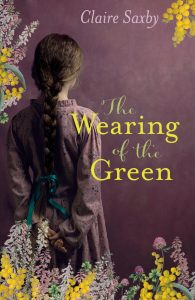 While researching this book, what is something you learnt that particularly intrigued or surprised you?
While researching this book, what is something you learnt that particularly intrigued or surprised you?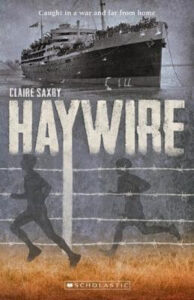
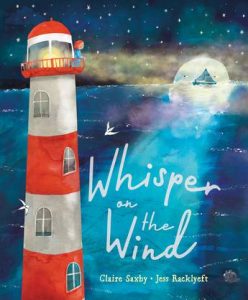
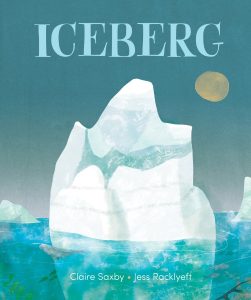
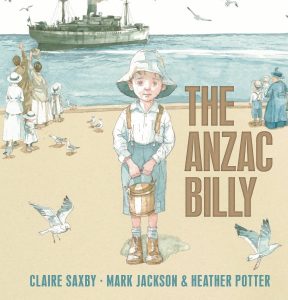
Error: Contact form not found.
